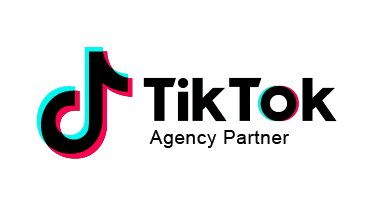A Guide to Lazy Loading for Better SEO Performance
Lazy loading is a neat little technique used to improve page speed (and therefore user experience) by only loading images when they come into view. This is often also referred to as on-demand image loading and can be used for other forms of media as well, such as videos and ads.
Table of Contents
What is lazy loading?
Lazy loading allows users to view more content with less strain on their computers. In order for a website to work properly, the browser downloads the web page in its entirety before the user scrolls through it. However, lazy loading ensures that the images and media on your page are loaded separately from your text content.
When you scroll down a page containing images, these graphics will be loaded as soon as they come into view, making browsing more efficient while simultaneously preventing unnecessary server requests from slowing down your website.
How to Lazy Load
Since Google recommends it and there are so many ways to implement it, setting up lazy loading is a great choice when looking for an easy way to improve SEO. There are two main ways you can implement lazy loading: via HTML code or by using an image tag plugin designed to automatically add the correct parameters to the images that need them.
Many content management systems (CMSs) have plugins that make implementing lazy loading easier than ever. There are also plenty of libraries and resources available to set up lazy loading on your own, including those that work with both images and other media elements like iframes or YouTube videos.
Why is Google advocating for lazy loading?
Google has been pushing for lazy loading increasingly over the last few years and while it’s not currently a ranking factor, it can’t hurt to implement this feature as it will enhance user experience on your site and ensure that the pages load faster. It also makes sense for conversions and other factors that determine your ranking, so lazy loading is just good practice in general.
But what you need to be aware of is that while there are many ways to implement this feature, most of them require JavaScript skills, which can present a challenge for some users. Fortunately, as mentioned above, there are several plugins available for WordPress, Shopify, and other platforms, which will allow you to set up lazy loading without using any coding at all.
How Lazy Loading Affects SEO
Lazy loading is not just for loading images. By employing it, you can make your site more mobile friendly, improve your site’s SEO (search engine optimization) and overall performance, increase conversions and engagement, and a whole bunch of other exciting things that will add to your bottom line.
We’re not saying lazy loading will help solve all the world’s problems, but it comes pretty close! Mobile optimization (having a mobile-friendly website) and SEO are the two most important aspects of any website. Mobile users tend to be impatient and bounce away from websites that take too long to load. Also, due to limited bandwidth and data consumption, web developers have started working on making their websites lighter and faster – and that’s where lazy loading comes in.
Google’s Experiences With Lazy Loading
Google has been using lazy loading on its own sites since 2009, and they’ve seen a significant reduction in page weight and time taken to interact.
- In 2010, Google introduced the LazyLoad API which allowed developers to specifically define areas of a webpage that could be lazily loaded.
- In 2015, Google announced the rel=dns-prefetch link relation for lazy loading subresources as well as images. This sped up the time it took for resources to load for pages with multiple high-resolution images.
- In 2017, Google announced that Chrome would have native support for lazy loading images and iframes. This made implementing lazy loading much easier for developers who didn’t have the time or skills to implement more complex code solutions.
The Google Search Console has a section where you can see what content on your site is being lazily loaded through Chrome’s native lazy loading feature. You can access it by clicking on “Crawl” in the left menu bar and then selecting “Lazy Loaded.” You’ll find a list of URLs here, along with how many times each URL was discovered as being lazily loaded by Chrome’s crawler during the past 90 days.
If this sounds like a stellar idea to you – and it should – get started on having your images and other media lazy-load, and see the difference it makes in your website visitors’ experiences!
If you are unsure about lazy loading, you can consult with our seo marketing agency Primal Malaysia. We will advise you on the best SEO services in Malaysia. The right SEO campaign can make a big difference in the success of your company. Primal’s seo Malaysia has a team of experienced professionals who can help you with a wide range of services ranging from international SEO, link building, mobile SEO, and more.










Join the discussion - 0 Comment